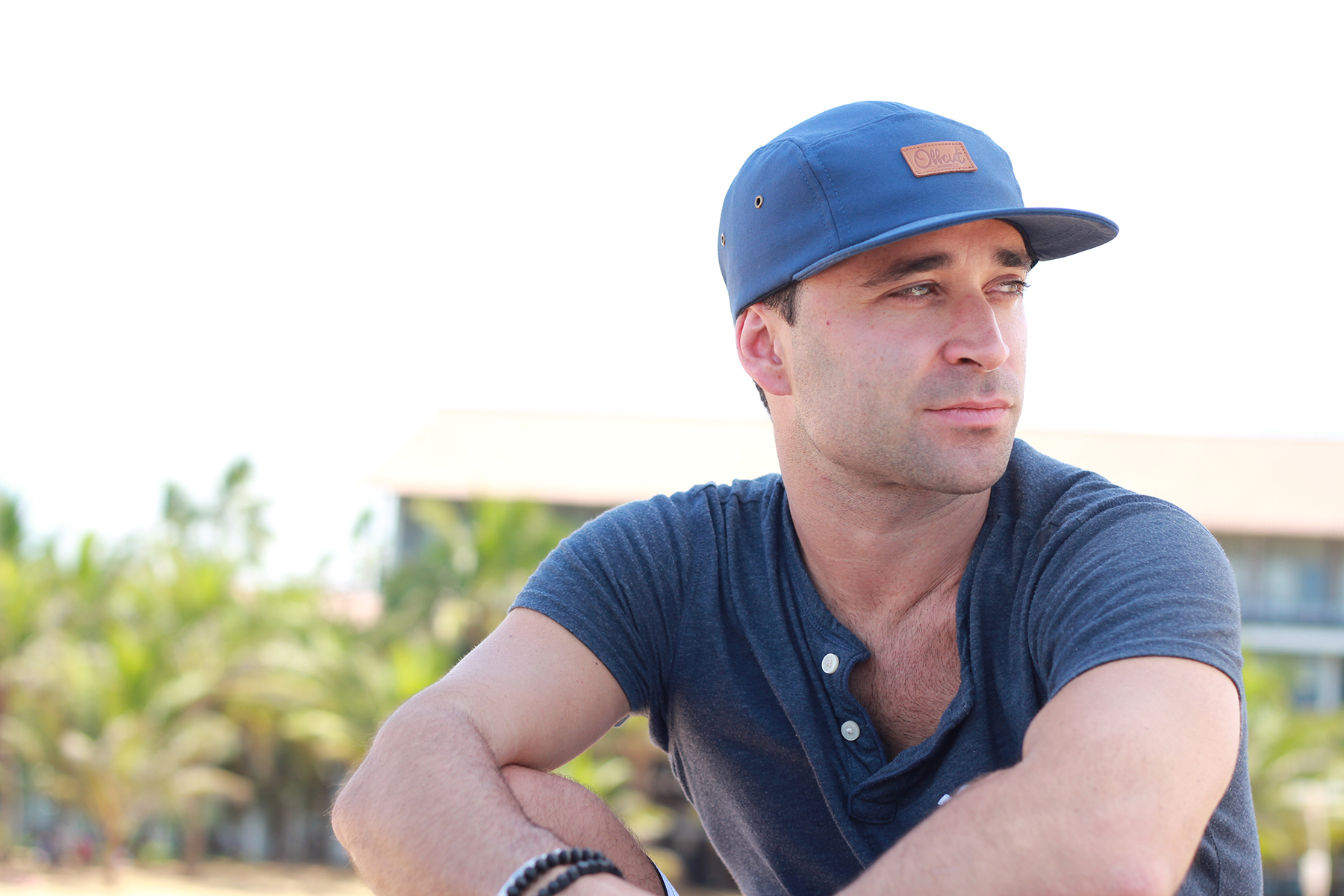It started with a trip to my old man’s curtain textile warehouse in Christchurch last year. I’d been to his work many times before and remember jumping around in the soft off cut waste bin with my sisters as a kid. But on this particular visit, something sparked a thought in my mind as we walked past the room full of remnant fabrics and unused samples.
“What do you do with all these, dad?” I asked, looking through heavyset floral fabrics.
“Throw them to landfill,” was the answer I’d feared and the answer I got. What was more ridiculous from a business perspective, was that my dad’s company paid to have the fabrics picked up and biffed out.
The fabrics were designed to be hung in homes around New Zealand and Australia but I pictured a new use for them altogether: headwear. Timeless five panel caps, to be exact.
I’m a firm believer that there’s a lot of business to be made this century from reducing inefficiencies in established supply and production chains. In other words: turning waste into value. Throwing out brand new fabric because it’s too small to be made into curtains is a huge inefficiency if I ever saw one. “So,” I thought to myself, “I think we have a business here”.
That business is Offcut. Founded by my best mate Matt Purcell and I late last year, we create five panel caps from fabrics destined for landfill. We’ve partnered with almost a dozen companies to source off cut, end of line, remnant, discontinued, misprinted and other waste fabrics to turn them into beautiful caps handcrafted right here in New Zealand.
We not only wanted to take something away from the planet – fabric waste – but also wanted to give something back. So we’ve set up a partnership with the good people of Trees for the Future to plant a tree with every cap sold.
Fabric waste is a massive issue worldwide. In this country alone, The Ministry for the Environment says New Zealanders each throw out almost 150 medium-sized men’s tee shirts worth of fabric every single year. Throwaway fashion is on the rise, and with around 10-15% of fabric being wasted in garment manufacturing, the amount of brand new cloth going to landfill is increasing at an alarming rate too.
In the landfill, textiles break down and release greenhouse gases which contribute to climate change. The glues and dyes leach into the earth’s soil. People like Bernadette Casey from The Formary are making great steps towards reducing textile waste, but we can all do more.
And it’s quickly become clear that we at Offcut aren’t the only ones who think so. Companies have been quick to jump into partnerships with us to reduce their waste footprints. We pay them for the right off cuts, so it’s a win-win arrangement for all.
Customers too have also been pleasingly quick to embrace the Offcut offering. Our first release sold out within four days and our larger second release will last just a few days longer. Our super limited cap runs have been so popular that we’re struggling to keep up with demand and have to sell in a first instance to people who sign up to our mailing list.
Gone are the days that companies like ours appeal only to greenies or hippies. There’s a change happening and growingly “everyday people” feel the need to be more conscious consumers. Businesses need to acknowledge this and cater to it. Those who don’t will struggle.
There are exciting things ahead for Offcut. We plan to expand our global reach and set up manufacturing bases in other countries (to limit the carbon miles of our fabrics and finished caps) and up our commitment to planting trees. We’re also about to launch “Bring-Your-Own Fabric Caps,” to let people turn their old Hawaiian shirts, faded duvet covers and other fabrics into caps… and most importantly: stop them from ending up in landfill.
Adrien Taylor




Leave a comment